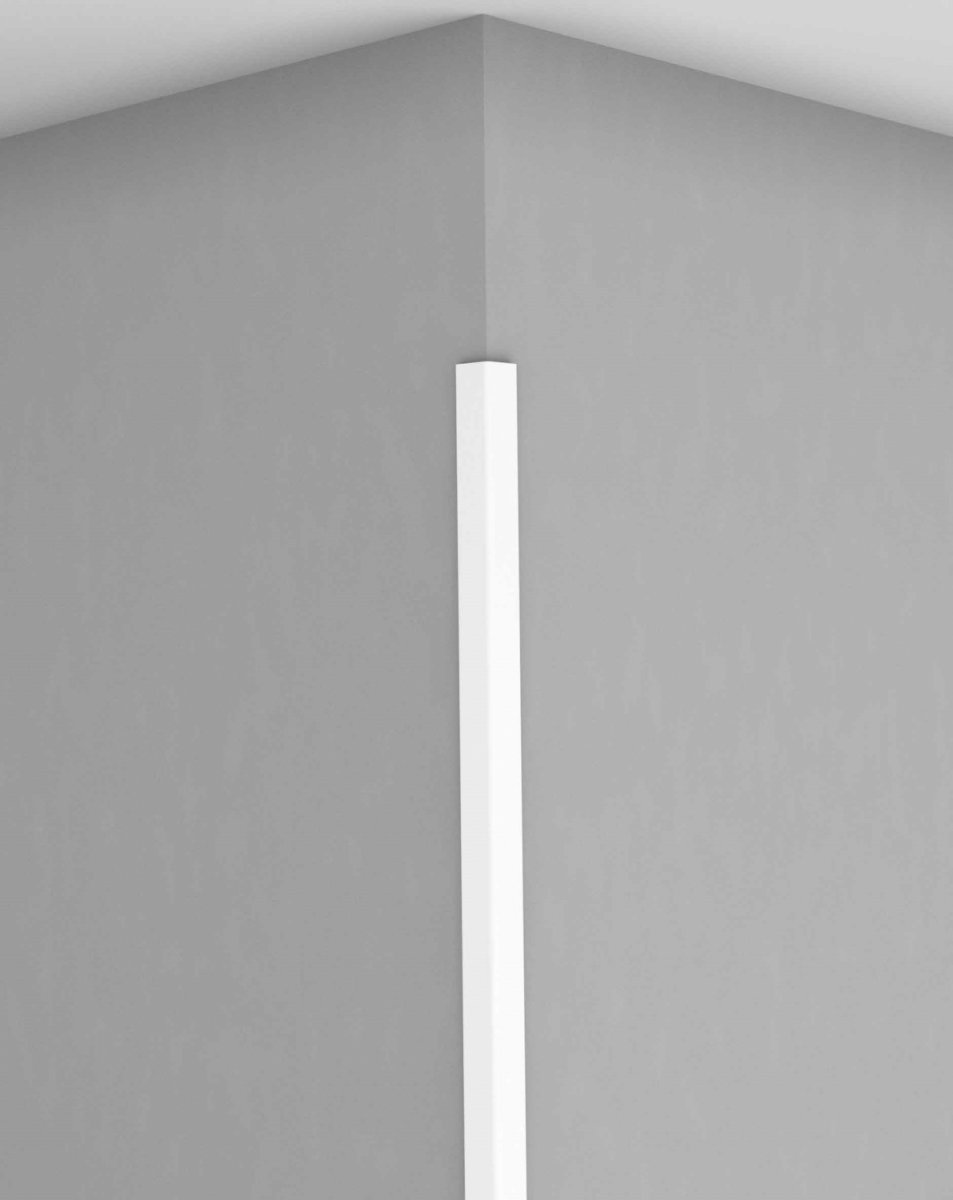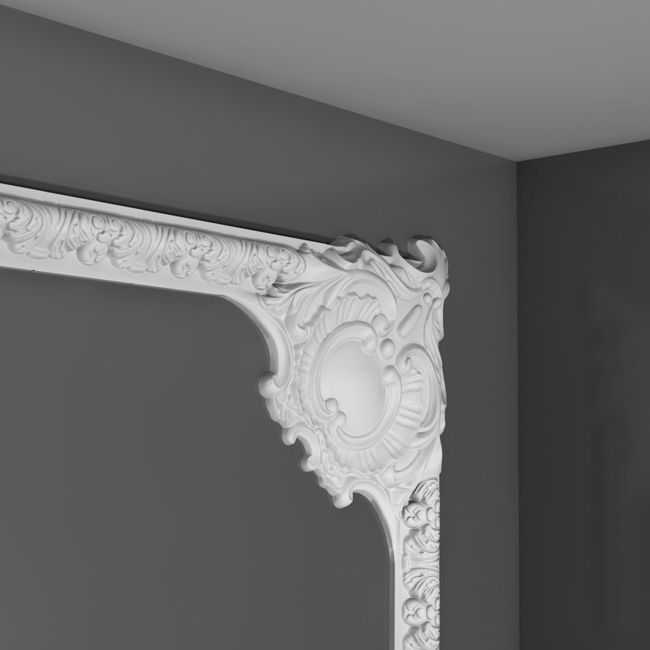When it comes to enhancing the aesthetic appeal of your home, the devil is in the details. One often-overlooked aspect of interior design is the use of decorative wall corner molding. This simple architectural element can dramatically change the look and feel of a space, giving it a polished and sophisticated touch. In this article, we’ll delve deep into the world of decorative wall corner molding, exploring its benefits, installation tips, and much more!
What is Decorative Wall Corner Molding?
Decorative wall corner molding, often referred to as trim or crown molding, is an architectural detail that adorns the corners where walls meet. Available in a variety of styles, materials, and sizes, molding adds character and dimension to any room.
Types of Decorative Wall Corner Molding
- Crown Molding: The most popular type, situated at the junction of the wall and ceiling.
- Baseboard Molding: Found at the bottom of walls, providing a finished look and protection.
- Chair Rail Molding: Typically installed at the height of a chair back, it adds visual interest.
- Corner Molding: Specifically designed for the corners of walls, offering a seamless transition.
Materials Used for Decorative Wall Corner Molding
Understanding the materials available is crucial for making informed choices. Here are some common options:
| Material | Characteristics | Price Range |
|---|---|---|
| Wood | Timeless, can be stained or painted, durable. | $2 – $10 per linear foot |
| Polyurethane | Lightweight, resistant to moisture, easy to install. | $1 – $5 per linear foot |
| MDF (Medium Density Fiberboard) | Cost-effective, smooth surface for easy painting, less durable than wood. | $1 – $3 per linear foot |
| Plaster | Highly customizable, provides a classic look, heavy. | $5 – $15 per linear foot |
Benefits of Installing Decorative Wall Corner Molding
You might be wondering why you should invest in decorative wall corner molding. Here are some compelling reasons:
1. Enhanced Aesthetic Appeal
Decorative molding can add elegance and sophistication to any room, transforming bland spaces into visually stunning havens.
2. Increased Property Value
Homes with well-executed detailing often sell for more. Molding can be a valuable investment if you plan on selling your home in the future.

3. Concealing Imperfections
If your walls or ceiling have imperfections, molding can help hide them, resulting in a cleaner, more polished look.
4. Customization Options
With numerous styles and materials available, you can easily find molding that suits your personal taste and complements your home’s existing decor.

5. Easy to Install
Whether you’re a DIY enthusiast or hiring professionals, the installation process can be straightforward, especially with pre-fabricated options.
Installation Guide for Decorative Wall Corner Molding
Ready to take the plunge and install decorative wall corner molding? Here’s a step-by-step guide to help you through the process!

Tools and Materials You’ll Need
- Measuring tape
- Miter saw
- Adhesive or finishing nails
- Painter’s caulk
- Paint or stain
- Sandpaper
- Stud finder
- Level
Step-by-Step Instructions
Step 1: Measure Your Walls
Use your measuring tape to determine the length of molding needed for each wall. Remember to account for miter cuts at corners.

Step 2: Choose Your Molding Style
Select the style and material of molding that fits your vision and budget.
Step 3: Cut the Molding
Using a miter saw, cut your molding to the appropriate lengths. Use a 45-degree angle for corner joints.

Step 4: Test Fit
Before attaching, do a dry fit of the molding to ensure proper alignment and fit.
Step 5: Attach the Molding
Using adhesive or finishing nails, secure the molding to the wall. Be sure to check for level as you go!

Step 6: Caulk Gaps
Fill any gaps between the molding and the wall with painter’s caulk for a seamless look.
Step 7: Finish the Molding
Once everything is secure, sand any rough edges and apply paint or stain as desired.

Pros and Cons of Decorative Wall Corner Molding
Like any design feature, decorative wall corner molding comes with its own set of pros and cons. Here’s a balanced look:
| Pros | Cons |
|---|---|
| Adds aesthetic appeal and elegance | Installation can be time-consuming |
| Can increase property value | Requires ongoing maintenance (painting/staining) |
| Hides imperfections in walls | Cost may vary based on material |
| Available in various styles and materials | May not suit all design styles |
Personal Experience: Why I Chose Decorative Wall Corner Molding
As a homeowner, I was initially intimidated by the thought of adding decorative molding to my space. I feared it would be too complicated or that I would choose the wrong style. However, once I took the plunge, I was pleasantly surprised at the transformation!
I opted for lightweight polyurethane molding to avoid the hassle of heavy wood and plaster. Not only was it easy to install, but it also gave my living room an elegant finish that I never expected. Friends and family have since complimented the space, and I couldn’t be happier with my decision!
Decorative Wall Corner Molding Design Ideas
Looking for inspiration? Here are a few design ideas:
1. Modern Minimalism
For a sleek and contemporary look, opt for simple, straight lines with minimal detailing.
2. Classic Elegance
Choose ornate molding with intricate designs to amplify the classic charm of traditional homes.
3. Eclectic Mix
Don’t be afraid to mix different styles and materials! A combination of wooden baseboards and modern crown molding can create a unique look.
FAQs About Decorative Wall Corner Molding
What is the best type of molding for corners?
The best type of molding often depends on your personal style and the existing decor of your home. Crown molding is popular for ceilings, while baseboards are suited for floor corners.
Can I install decorative molding myself?
Yes! With some basic tools and patience, you can install molding yourself. Following a step-by-step guide can make the process easier.
How much does it cost to install decorative wall corner molding?
The cost varies based on material and installation method. On average, expect to spend between $1 to $10 per linear foot, plus installation costs if you hire a professional.
Is decorative corner molding out of style?
No, decorative molding has made a comeback and continues to be a popular choice among homeowners for enhancing interior spaces.
What if my walls aren’t perfectly straight?
Don’t worry! Molding can be adjusted and caulked to minimize the appearance of any irregularities in the walls.
Conclusion
Decorative wall corner molding is more than just a design element; it’s an opportunity to express your personal style while adding value to your home. Whether you choose modern or traditional designs, the impact of molding can be profound. So why wait? Start planning your molding project today and transform your space into something extraordinary!